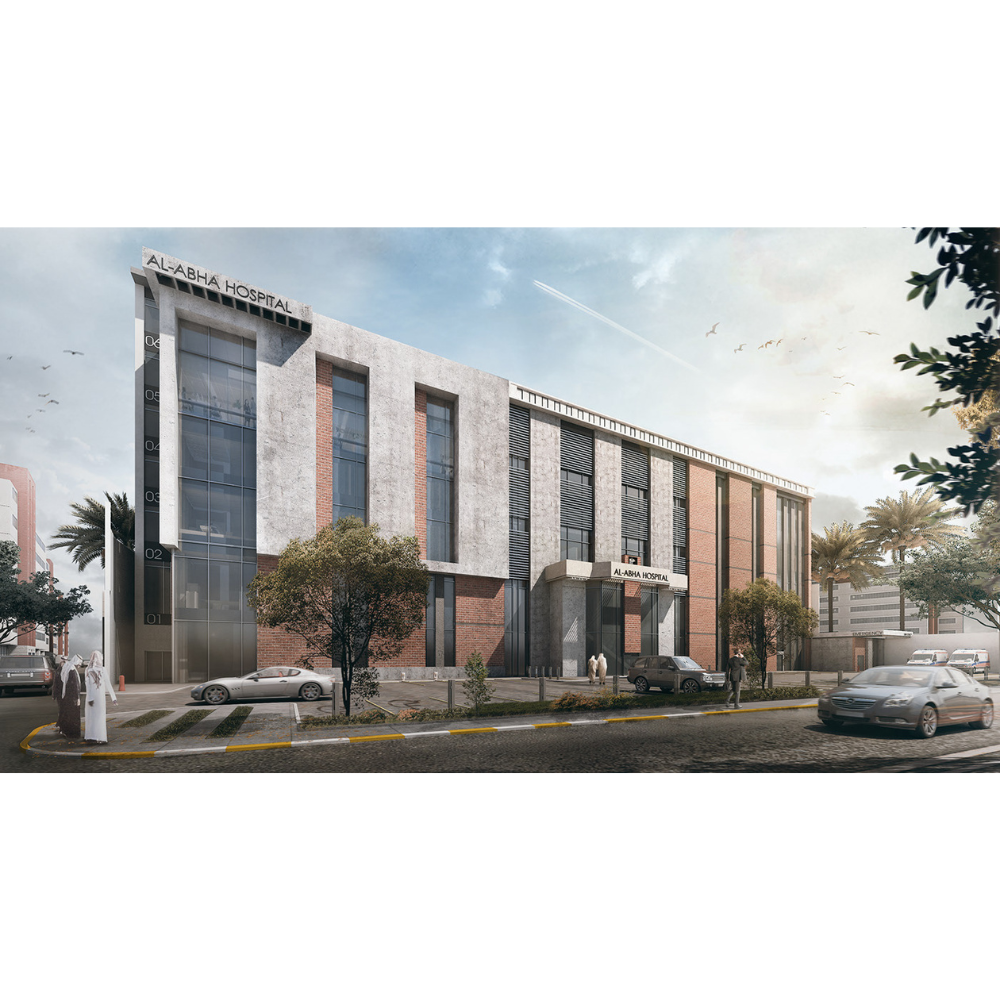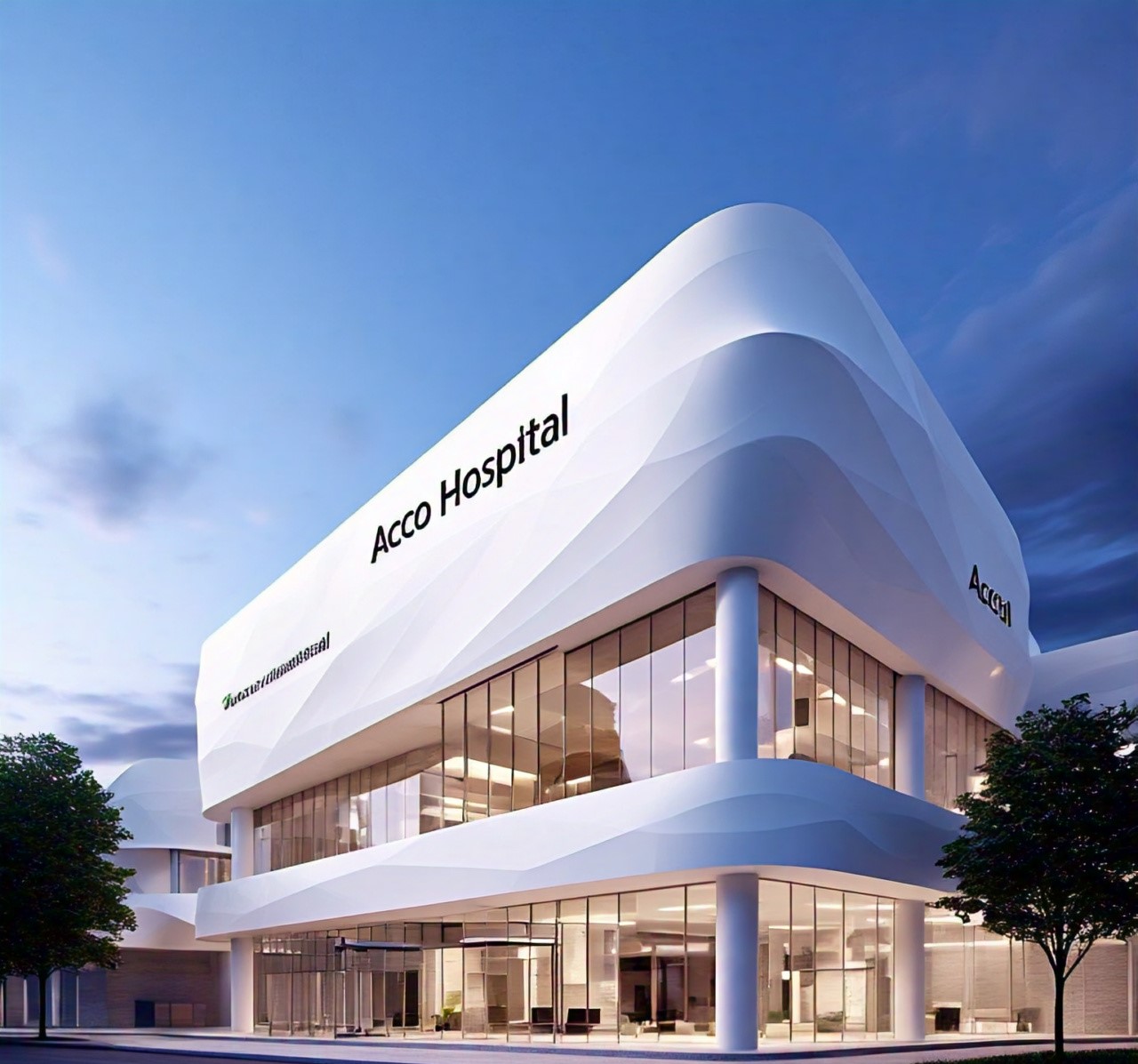
HOSPITAL DESIGN HUB Future-Proofing Hospitals in Iran: Smart Design Strategies
Future-Proofing Hospitals in Iran: Smart Design Strategies
As Iran’s healthcare system evolves, future-proofing hospitals is crucial to accommodate growing demands, technological advancements, and changing patient needs. Smart design strategies play a pivotal role in ensuring that healthcare facilities remain relevant and efficient over time. Here’s a comprehensive look at how Iranian hospitals can be designed to meet future challenges while enhancing patient care and operational efficiency.
1. Modular and Flexible Design
Strategy: Modular and flexible design allows hospitals to adapt to changing healthcare needs and technological advancements without significant disruptions.
- Modular Construction: Utilize prefabricated modules that can be easily added or reconfigured. This approach allows for faster construction and future expansion with minimal impact on existing operations.
- Flexible Spaces: Design multipurpose rooms that can be easily converted for different uses, such as transforming general wards into specialized units or administrative areas into patient care spaces.
- Scalable Infrastructure: Plan for infrastructure systems (e.g., HVAC, plumbing) that can be easily upgraded or expanded to accommodate new technologies or increased capacity.
2. Integration of Advanced Technology
Strategy: Incorporating advanced technology into hospital design enhances operational efficiency and patient care, making facilities more adaptable to future developments.
- Smart Building Systems: Implement smart systems for managing lighting, temperature, security, and energy use. These systems can be controlled and monitored remotely, offering greater flexibility and efficiency.
- Telemedicine Infrastructure: Design spaces equipped for telemedicine consultations, including private rooms with high-quality video and audio equipment to support remote care and consultations.
- Data Management Systems: Integrate advanced electronic health record (EHR) systems and data management tools to streamline patient information and improve care coordination.
3. Sustainability and Energy Efficiency
Strategy: Designing hospitals with sustainability and energy efficiency in mind helps reduce operational costs and environmental impact while ensuring long-term viability.
- Renewable Energy Sources: Incorporate solar panels, wind turbines, or other renewable energy sources to reduce reliance on non-renewable energy and lower energy costs.
- Energy-Efficient Design: Use high-performance insulation, energy-efficient windows, and LED lighting to minimize energy consumption and improve overall building efficiency.
- Water Conservation: Implement water-saving fixtures, rainwater harvesting systems, and greywater recycling to manage water use efficiently.
4. Patient-Centered Design
Strategy: Creating environments that prioritize patient comfort and well-being is essential for enhancing the overall patient experience and promoting healing.
- Private Patient Rooms: Design patient rooms with privacy and comfort in mind, including features like adjustable lighting, personal control of temperature, and space for family members.
- Healing Environments: Integrate elements like natural light, green spaces, and calming colors to create a soothing environment that supports mental and physical health.
- Intuitive Wayfinding: Implement clear, intuitive wayfinding systems and signage to help patients and visitors navigate the hospital easily, reducing stress and confusion.
5. Cultural and Community Considerations
Strategy: Incorporate cultural and community considerations into hospital design to ensure that facilities are aligned with local values and serve the broader community effectively.
- Cultural Sensitivity: Design spaces that reflect local cultural and religious values, including gender-sensitive areas, prayer rooms, and culturally appropriate décor.
- Community Integration: Include spaces for community health programs, educational workshops, and wellness initiatives to strengthen the connection between the hospital and the local community.
- Public Accessibility: Ensure that the hospital is easily accessible by public transportation and includes features like accessible entrances and parking to accommodate all patients and visitors.
6. Resilience and Disaster Preparedness
Strategy: Design hospitals to be resilient and prepared for natural disasters or other emergencies, ensuring that they can continue to function effectively during and after crises.
- Seismic Design: Incorporate earthquake-resistant features and materials, especially in regions prone to seismic activity, to ensure the building can withstand earthquakes and other natural disasters.
- Emergency Systems: Equip hospitals with backup power supplies, emergency water systems, and comprehensive disaster response plans to maintain operations during emergencies.
- Robust Infrastructure: Use durable materials and construction techniques to enhance the building’s resilience and longevity, reducing the need for frequent repairs or upgrades.
7. Smart Infrastructure and Connectivity
Strategy: Design infrastructure that supports connectivity and data integration, facilitating seamless communication and information flow within the hospital.
- High-Speed Networking: Ensure robust, high-speed internet and network infrastructure to support electronic health records, telemedicine, and other digital applications.
- Integrated Systems: Develop integrated systems for managing patient data, clinical workflows, and facility operations to enhance coordination and efficiency.
- IoT Integration: Use Internet of Things (IoT) devices and sensors to monitor and manage building systems, equipment, and patient care processes in real-time.
8. Workforce Well-Being and Efficiency
Strategy: Design hospitals to support the well-being and efficiency of healthcare workers, recognizing their critical role in providing quality patient care.
- Staff Amenities: Include well-designed staff lounges, break rooms, and wellness facilities to support the physical and mental health of healthcare workers.
- Efficient Workflow: Optimize workflows and layouts to reduce the time and effort required for routine tasks, allowing staff to focus more on patient care.
- Training and Simulation: Provide spaces for staff training and simulation exercises to enhance skills and preparedness for various medical scenarios.
Conclusion
Future-proofing hospitals in Iran requires a strategic approach that balances modern design innovations with cultural and environmental considerations. By incorporating modular and flexible design, advanced technology, sustainability, and patient-centered principles, Iranian hospitals can adapt to future challenges while continuing to provide high-quality care. These smart design strategies ensure that healthcare facilities remain effective, efficient, and resilient in the face of evolving healthcare needs and technological advancements.




